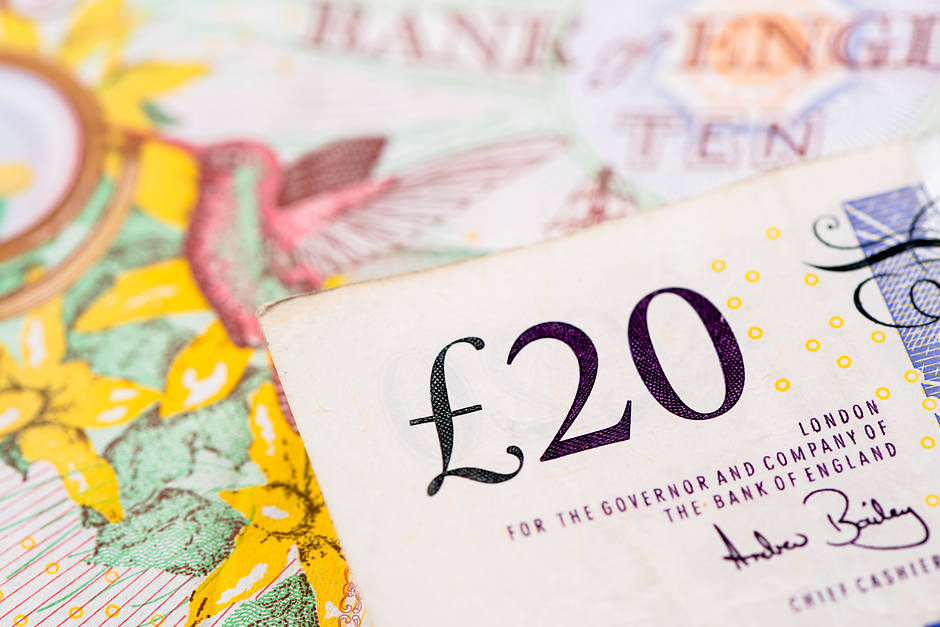GBP/USD rockets to a new yearly peak ahead of 1.3300
- GBP/USD registers gains of over 0.80% following Fed’s cut.
- The Fed delivers a 50 bps rate cut as it grows confident that inflation will reach its 2% target.
- The Fed's dot-plot projects the fed funds rate to end 2024 at approximately 4.4%.

The GBP/USD hit a new yearly high of 1.3286 during the North American session after the Fed surprised the markets with a 50 bps rate cut. At the time of writing, the pair trades volatile within the 1.3200-1.3300 range as traders await Fed Chair Jerome Powell's press conference.
Fed cuts rates by 50 bps, not unanimously, as Bowman dissents
In their monetary policy statement, Fed policymakers acknowledged that economic activity continues to expand solidly, though the unemployment rate has "moved up." They also noted that while inflation "remains somewhat elevated," the Committee "has gained greater confidence that inflation is moving sustainably toward 2 percent" and believes that the risks to achieving its employment and inflation goals are now roughly balanced. The Federal Open Market Committee (FOMC) highlighted that the economic outlook remains uncertain.
The Fed's decision was not unanimous, as Governor Michelle Bowman favored a 25-basis point (bps) rate cut.
Regarding the Summary of Economic Projections (SEP), Fed officials anticipate another 50 bps of rate cuts by the end of 2024 and an additional 100 bps of cuts projected for 2025.
GBP/USD reaction to Fed’s cut

The GBP/USD extended its gains above the previous yearly peak at 1.3266, with traders eyeing 1.3300. Further upside is seen once cleared, with the next resistance lying at the March 1, 2022, high at 1.3437.
Pound Sterling FAQs
The Pound Sterling (GBP) is the oldest currency in the world (886 AD) and the official currency of the United Kingdom. It is the fourth most traded unit for foreign exchange (FX) in the world, accounting for 12% of all transactions, averaging $630 billion a day, according to 2022 data. Its key trading pairs are GBP/USD, aka ‘Cable’, which accounts for 11% of FX, GBP/JPY, or the ‘Dragon’ as it is known by traders (3%), and EUR/GBP (2%). The Pound Sterling is issued by the Bank of England (BoE).
The single most important factor influencing the value of the Pound Sterling is monetary policy decided by the Bank of England. The BoE bases its decisions on whether it has achieved its primary goal of “price stability” – a steady inflation rate of around 2%. Its primary tool for achieving this is the adjustment of interest rates. When inflation is too high, the BoE will try to rein it in by raising interest rates, making it more expensive for people and businesses to access credit. This is generally positive for GBP, as higher interest rates make the UK a more attractive place for global investors to park their money. When inflation falls too low it is a sign economic growth is slowing. In this scenario, the BoE will consider lowering interest rates to cheapen credit so businesses will borrow more to invest in growth-generating projects.
Data releases gauge the health of the economy and can impact the value of the Pound Sterling. Indicators such as GDP, Manufacturing and Services PMIs, and employment can all influence the direction of the GBP. A strong economy is good for Sterling. Not only does it attract more foreign investment but it may encourage the BoE to put up interest rates, which will directly strengthen GBP. Otherwise, if economic data is weak, the Pound Sterling is likely to fall.
Another significant data release for the Pound Sterling is the Trade Balance. This indicator measures the difference between what a country earns from its exports and what it spends on imports over a given period. If a country produces highly sought-after exports, its currency will benefit purely from the extra demand created from foreign buyers seeking to purchase these goods. Therefore, a positive net Trade Balance strengthens a currency and vice versa for a negative balance.
Author

Christian Borjon Valencia
FXStreet
Christian Borjon began his career as a retail trader in 2010, mainly focused on technical analysis and strategies around it. He started as a swing trader, as he used to work in another industry unrelated to the financial markets.

















